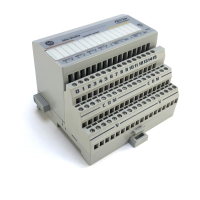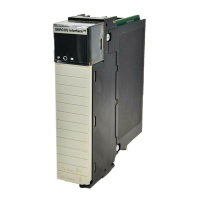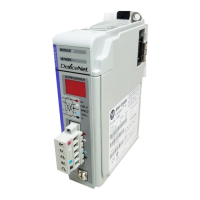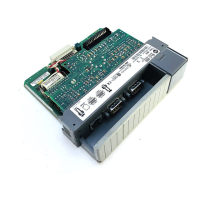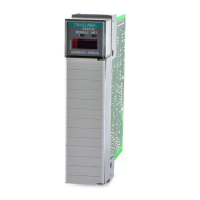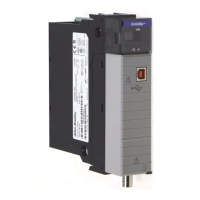Glossary
G–6
opacity
1) The property of paper that
minimizes the show through of
printing from the back side or the
next sheet. 2) The ratio of the paper
reflectance with a black backing to
the paper reflectance with a white
backing.
optical throw
The distance from the face of the
scanning device to the center of the
depth of field.
orientation
The alignment of bars and spaces to
the scanner. Often referred to as
vertical (picket fence) or horizontal
(ladder).
overhead
The fixed number of characters
required for start, stop and checking
in a given symbol. For example, a
symbol requiring a start/stop and two
check characters contains four
characters of overhead. To encode
three characters of data, seven
characters are required.
P
parallel beam
A beam of light that is optically
controlled so the light travels in a
parallel path. Generally used when
the object is larger than the lens
diameter.
parallel code
A code configuration that is optically
scanned in its entirety at one time.
Since all codes marks are read
simultaneously, the code can move
pass the reader in either direction.
parity bar, parity bit, parity
module
A parity bit is added to a binary array
to make the sum of all the bits
always odd or always even; a
fundamental check.
permanent code
A code which is indefinitely reused
in a bar code application.
picket fence code
See horizontal bar code.
pitch
1) Rotation of a code pattern about
the X axis. 2) The normal distance
between the centerline or adjacent
characters.
pre–printed symbol
A symbol which is printed in
advance of application either on a
label or on the article to be
identified.
Print Contrast Signal (PCS)
A measurement of contrast
(brightness difference) between the
bars and spaces of a symbol. A
minimum PCS value is needed for a
symbol to be scannable.
PCS = (R
L
–R
D
)/ R
L
,
where R
L
is the reflectance factor
of the light background and R
D
is
the reflectance factor of the dark
bars. PCS values can be calculated
and displayed automatically on
suitable instruments.

